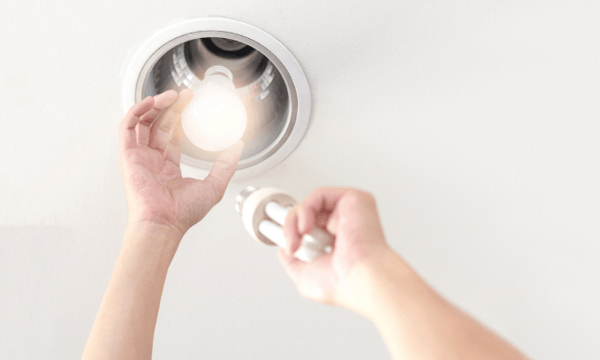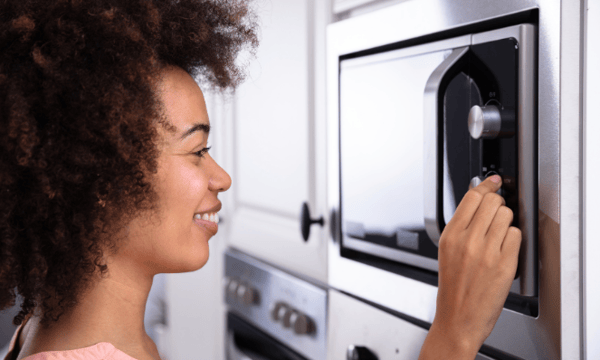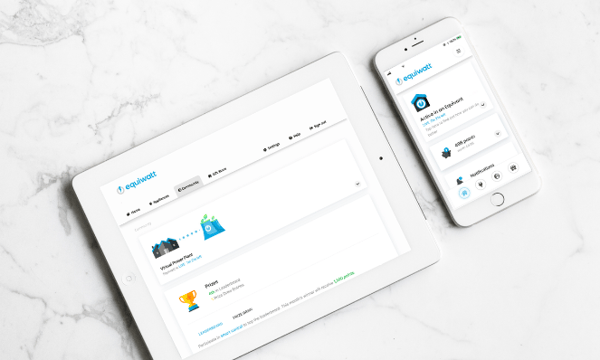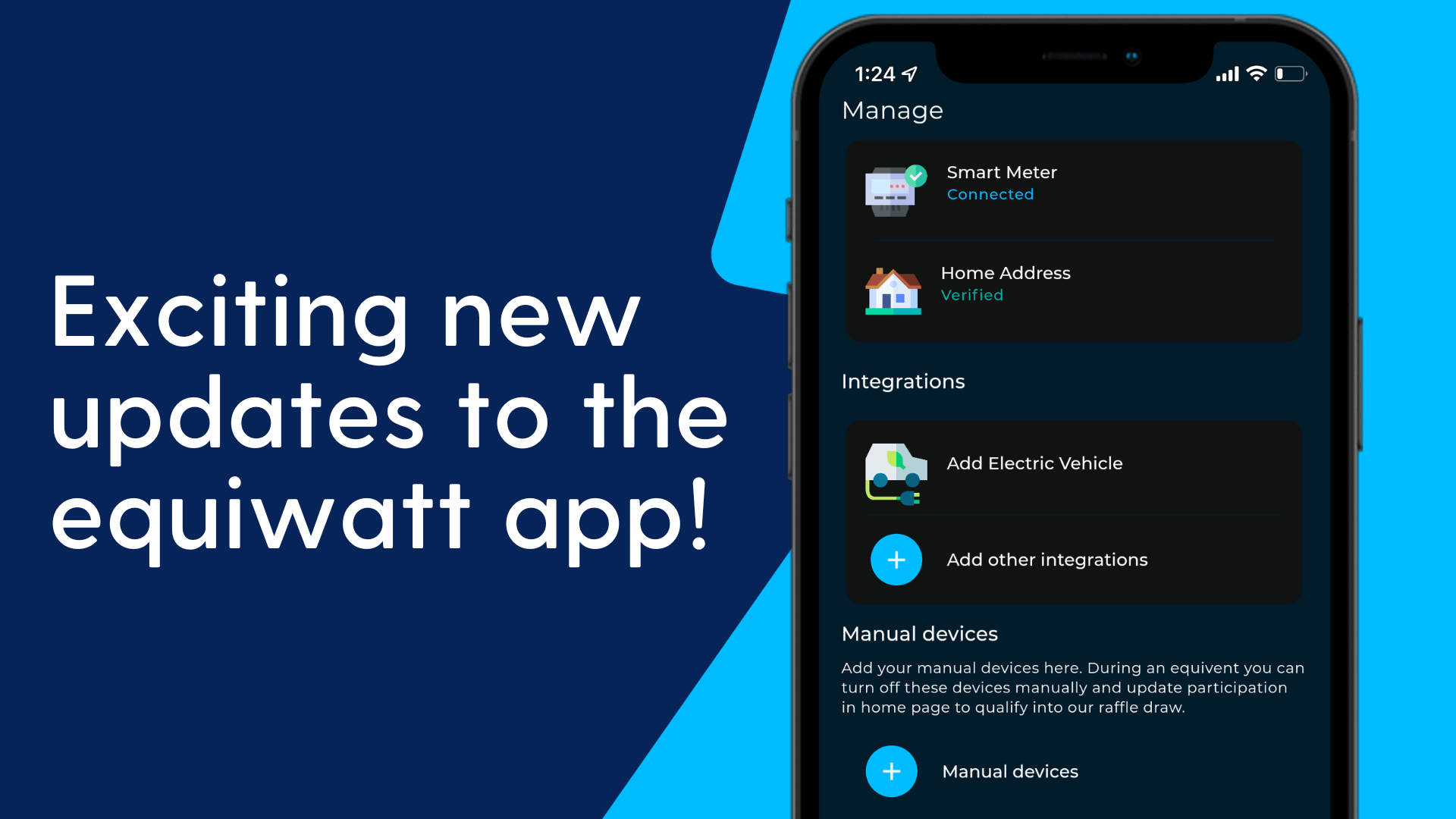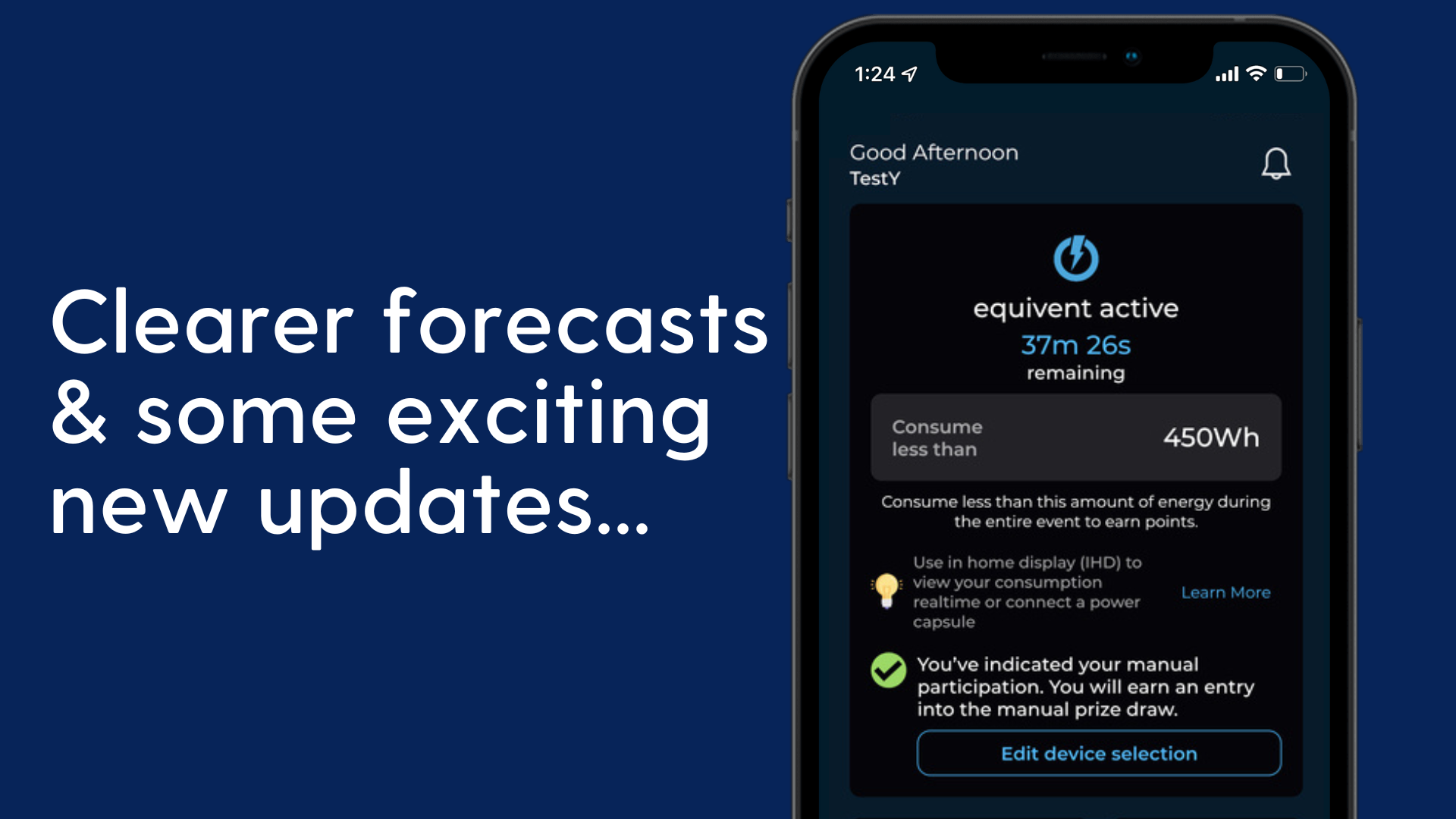
Have you ever received your monthly energy bill only to be shocked to see how much it is costing you? It is a situation that is probably pretty familiar to a lot of us but it doesn’t have to stay that way.
In fact, one of the main reasons for using more energy than we expected is because we don’t plan properly. If we are being honest, most of us don’t really know how much our bills are going to be because we don’t actually know how much energy we are using in the first place. With all this in mind, we have put together this blog to help you work out how you can save energy and reduce your energy bills at home. So, let’s get to it!
The obvious starting point to using less energy is to identify which of your appliances are consuming the most! Once you have figured this out, you can plan out how to reduce your energy usage more effectively. With that in mind, let’s take a look at 6 of the heaviest energy-consuming appliances to see if there are any easy ways to help you reduce your energy bills.
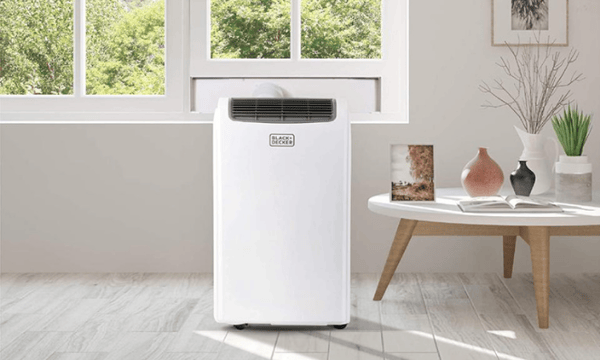
Cooling and heating systems
Whether it is an air conditioning unit, keeping your house cool in summer or an electric heater keeping it warm in winter, cooling and heating systems are a major source of energy consumption.
In fact, according to research done by Uswitch, the average portable air conditioning unit uses 2.7 kWh of energy and costs 44p an hour to run, meaning that it could add £28 per week to your electricity bill when used for around 9 hours a day.
On the other hand, research by the Centre for Sustainable Energy suggests that the average electric heater uses 2 kWh of energy and costs 28p an hour to run, meaning that it could add around £10 per week to your bill when used for 5 hours a day.
Top Tips:
-
On average, heating the same space with an electric heater is twice as expensive as using traditional central heating, although this will depend on the size of the house and the number of rooms being heated. So it’s important to use electric heaters smartly.
-
Using draft excluders, closing doors and windows and using heaters in short bursts are all good ways to use less energy and could save you £20 a year on energy bills.
-
Avoid cooling / over-heating individual rooms or having the A/C / heating on for long periods when it is not needed.
-
Connect your electric heaters and A/C units to smart plugs so that you can schedule them to be on when you need them.
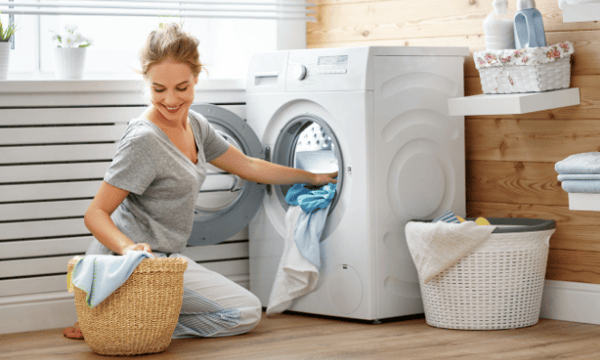 Wet appliances
Wet appliances
From washing machines to dishwashers, any appliance that uses water is known as a wet appliance. As well as being more regularly used than more seasonal heating and cooling appliances, they also use a significant proportion of your household’s energy. According to the Energy Saving Trust, wet appliances account for 25% of average households electricity use and 15% of total energy bill costs.
In fact, according to Which?, a dishwasher can add anything from £39-£75 a year to your energy bills or somewhere between 80p - £1.50 a week depending on the model and efficiency of the appliance.
When it comes to washing machines, the Energy Saving Trust estimate that a 7kg machine used 220 times a year will cost between £25 - £35 a year to run. Meanwhile, NPower claims that it costs 16p per kW for a one hour wash for an average 6-litre load machine, meaning that it would cost £35 to run when used 220 times a year or £105 a year to run if the average cycle was 3 hours long.
Meanwhile, one of the biggest consumers of energy amongst ‘wet appliances’ is the electric shower, with research by This is Money showing that an 8.5 kW shower can cost £148.15 a year to run, or 2.13p per minute, whilst research from Switch Energy Supplier suggests that a 9 kW electric shower could cost £394.20 to run over a year!
Top Tips:
-
Make sure you have the highest possible energy rated appliance. For appliances made before March 2021, the highest rating is A+++. However, for appliances produced after March 2021, all labels are rated from A-G, with A being the highest rated.
-
Avoid doing half loads of washing or dishes when possible. This could save you £8 a year in energy plus £5 a year on water for a washing machine and £8 a year for a dishwasher.
-
Be careful not to overfill washing machines or dishwashers as this can prevent things from getting cleaned properly, effectively wasting energy.
-
Use your dishwasher’s eco setting. It will take longer but it will use 30% less energy and water than regular settings on average.
-
Washing at 30 degrees uses 57% less electricity than higher temperatures, which could save you £7 a year.
 Consumer electronics
Consumer electronics
Each year we become more and more reliant on consumer electronics in the home. From laptops to TVs and games consoles, our homes are filled with electronic appliances that we use regularly.
Energy Saving Trust claims that they account for 19% of total electrical use in the average household, or 9% of the average energy bill, with TVs consuming 30% of the total electricity used on electric devices in the home.
For example, according to Confused.com, an Xbox one console used 4 hours a day will use 21.6 kWh of energy a month and cost £46.68 a year to run, a laptop used 5 hours a day will use 4.2 kWh of energy a month and cost £9.12 a year to run and a 43” LED smart TV used 5 hours a day will use 10.7 kWh a month and cost £23.16 a year to run. Meanwhile, Compare The Market suggests that an LCD TV will uses around cost around £50 a year to run and Shell Energy estimates that it will cost 1p a day or £3.36 a year to run a laptop and 12p a day or £40.32 a year to run a PlayStation or Xbox.
Top Tips:
-
The larger the TV screen, the more energy it will consume, even if it is A++ rated. For example, a 60” A++ rated TV will cost around £19 a year compared to £6 for a 32” TV.
-
A TV's power consumption is mostly dependent on the level of brightness and how much they are used, so a simple way to save energy is to reduce the brightness as low as possible. Some TVs will have a feature to do this automatically.
-
Both OLED and QLED TVs don’t require backlighting as each pixel lights itself, helping to reduce their energy consumption.
-
Switch off appliances when not in use. The average household spends £35 a year powering appliances left on standby.
-
Activate power-saving settings on your games console so that they use less energy and switch off automatically when not in use.
-
Install standby savers. These will let you turn several appliances off standby all in one go.
-
Turn off your WiFi at night to save £3 a year.
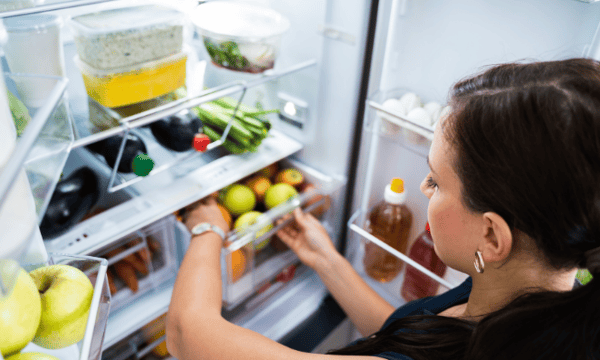
Cold appliances
When you consider that they are using power pretty much 24/7, it is not that surprising to find out that on average, appliances used for freezing and cooling food make up 17% of UK electricity bills. Although the average power rating falls between 40 and 120 watts, the relatively small figures add up over the day since fridge freezers are on for most of the day.
Although the energy consumption of fridges varies quite a lot depending on size, shape and age, there are some figures which help to paint typical energy consumption and costs. For example, according to NPower, a 240-litre fridge freezer uses 269kWh a year and costs around 12p a day to run or £40.32 a year. By comparison, a bulky American-style fridge freezer uses about 358 kWh a year and costs around 16p a day to run or £53.76 a year to run.
Top Tips:
-
Keep your fridge freezer 3/4 full as the chilled food items inside will help to keep the temperature down and prevent it from having to work as hard to keep itself cool.
-
Avoid overfilling the fridge because it has to work harder to circulate the cool air.
-
Again, having the highest possible energy rated appliance is an easy way to reduce energy consumption. You could save £15 a year by switching from an A+ to an A+++ appliance.
-
Ensure there is a 10cm gap behind your fridge to let hot air flow away more easily.
-
Never put hot food directly into the fridge or freezer as it will raise the internal temperature and cause the appliance to work harder to get the temperature down.
-
Defrost your fridge/freezer regularly to keep it working efficiently.
-
Avoid leaving your fridge/freezer door open unnecessarily as it will need to use more energy to get the temperature down again.
-
Clean the coils at the back of the fridge freezer regularly as fluffed coils can reduce working efficiency by 25%.
Lighting
According to Energy Saving Trust, lighting takes up roughly 16% of total electrical use in the average UK household and 6% of the total energy bill, when including the cost of heating the home too.
When it comes to energy usage and costs, lighting varies quite considerably depending on what type of bulbs are used. For example, Confused.com estimates that a single incandescent 60W light bulb used 4 hours in the evening will use 7.2 kWh a month at the cost of £1.30, which works out at £15.60 a year. By comparison, a single LED 15W light bulb used for 4 hours in the evening will use 1.8 kWh a month at the cost of 32p or £3.84 a year.
Top Tips:
-
By replacing halogen bulbs with LEDs the average UK house could save around £40 a year on energy bills.
-
Turn off lights when you leave a room. This could save the typical household almost £15 a year.
-
Be aware of how many lights you have on in a room. Do you need the main light and a lamp on?
-
Use timers or smart bulbs to automatically switch off lights when you don’t need them to be on.
Cooking
Whether you are someone who lives to eat or simply eats to live, our kitchens are somewhere that we all spend some time in each day. Appliances like ovens, microwaves and kettles are all essential parts of everyday life, with the Energy Saving Trust stating that cooking accounts for 19% of the electricity used in UK homes and 4% of the average energy bill.
So how do the different appliances compare in terms of their energy use and cost? According to NPower, the average kettle holds 1.5 litres of water and uses about 0.1kWh of electricity to boil for 3 minutes, equating to around 2p every time the kettle is boiled. So, if you were to boil your kettle 6 times a day for a year, that would cost you around £40.32.
By comparison, Shell Energy estimates that a typical microwave used for 5 minutes uses around 0.8 kWh, equating to about 1.3p. So if you were to use your microwave twice a day for a year, this would equate to about £8.74. Alternatively, a fan-assisted oven uses around 2.5 kWh per hour, at a cost of 30p, which means it would cost £109.50 to run a year if used for an hour every day.
Top Tips:
-
Use a microwave to heat small amounts of food, instead of an electric oven or hob.
-
Keep the oven door closed when in use and make sure that the seal is intact to prevent heat from escaping and more energy from being used.
-
Consider batch cooking food or cooking several things at once to avoid the need for using your oven numerous times. N.B. Freezing and reheating additional portions in the microwave uses less energy than making the same meal again from scratch.
-
Clean your oven manually rather than using its energy-sapping automatic cleaning option.
-
Turn off appliances when not in use.
-
Only fill your kettle with the water that you need, instead of filling it up. This could save you £6 a year.
-
Swap your electric kettle for an ECO kettle to use up to 20% less energy.
Bonus Tip:
-
One of the easiest and certainly most rewarding ways to save energy at home is to connect your appliances to Equiwatt! Whether it is your fridge freezer, electric heater or tumble dryer, you can make sure that they are switched off 2-3 times a week when electricity is at its most expensive by taking part in Equivents. Better yet you will receive points based on how much energy and CO2 you save. These points can then be redeemed for prizes! Not bad hey?!?!
Want to find out more? Click below to download the FREE Equiwatt app today!








